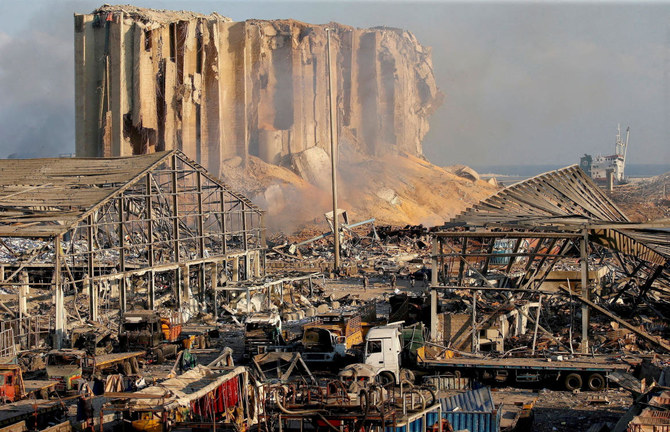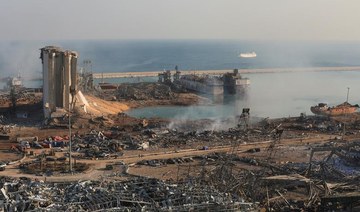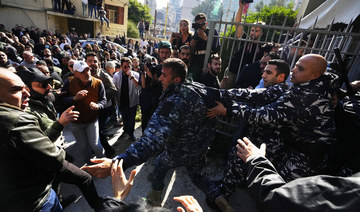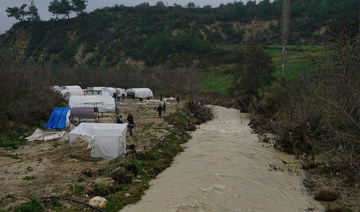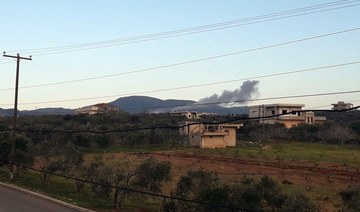GENEVA: The United Nations High Commissioner for Human Rights called for a “serious investigation” into the disastrous 2020 Beirut port explosion in a call that was echoed by dozens of other countries on Tuesday.
Families of victims, rights groups, and even some political parties in Lebanon have lambasted political stonewalling of the local investigation into the blast that killed some 220 people. The investigating judge has tried to resume his inquiry after a 13-month suspension due to high-level interference but Lebanon’s top prosecutor has told clerks not to process his decisions.
“Serious investigation into the explosion of August 2020 is urgently needed, without political interference or further delay,” Volker Turk said in his global address to the UN Human Rights Council in Geneva.
Shortly afterwards, Australia’s envoy read out a statement on behalf of 38 countries including many European states, Canada, Britain and Israel calling for a “swift, independent, credible and transparent investigation.”
It said the investigation to date had been “hampered by systematic obstruction, interference, intimidation, and a political impasse.”
Lama Fakih, Middle East and North Africa Director at Human Rights Watch, said governments from around the world stood up on Tuesday to defend the rights of the victims of the Beirut port explosion. She added that more work needs to be done.
“Time is running out for an effective investigation. Member states should support a resolution at the Human Rights Council establishing a fact-finding mission as soon as possible,” Fakih said.
The HRW also stressed that further steps must be taken, calling on the UN Human Rights Council to “pass a resolution which establishes and dispatches, without delay, an independent and impartial fact-finding mission for the Beirut explosion.”
Separately, the US ambassador to the council, Michele Taylor, said that a timely and transparent investigation was required and said the lack of progress to date underscored the need for judicial reform.
Paul Naggear, father of Alexandra Naggear, a toddler who died in the explosion, told Reuters he was pleased with the broad support for the statement.
“The most important thing is a general acknowledgment that the Lebanese authorities have been systematically blocking justice. It’s not just us that are saying this now — it’s international,” he said.
“This should show to the Lebanese population that when we unite efforts and work together we can beat the regime.”
(With Reuters)



